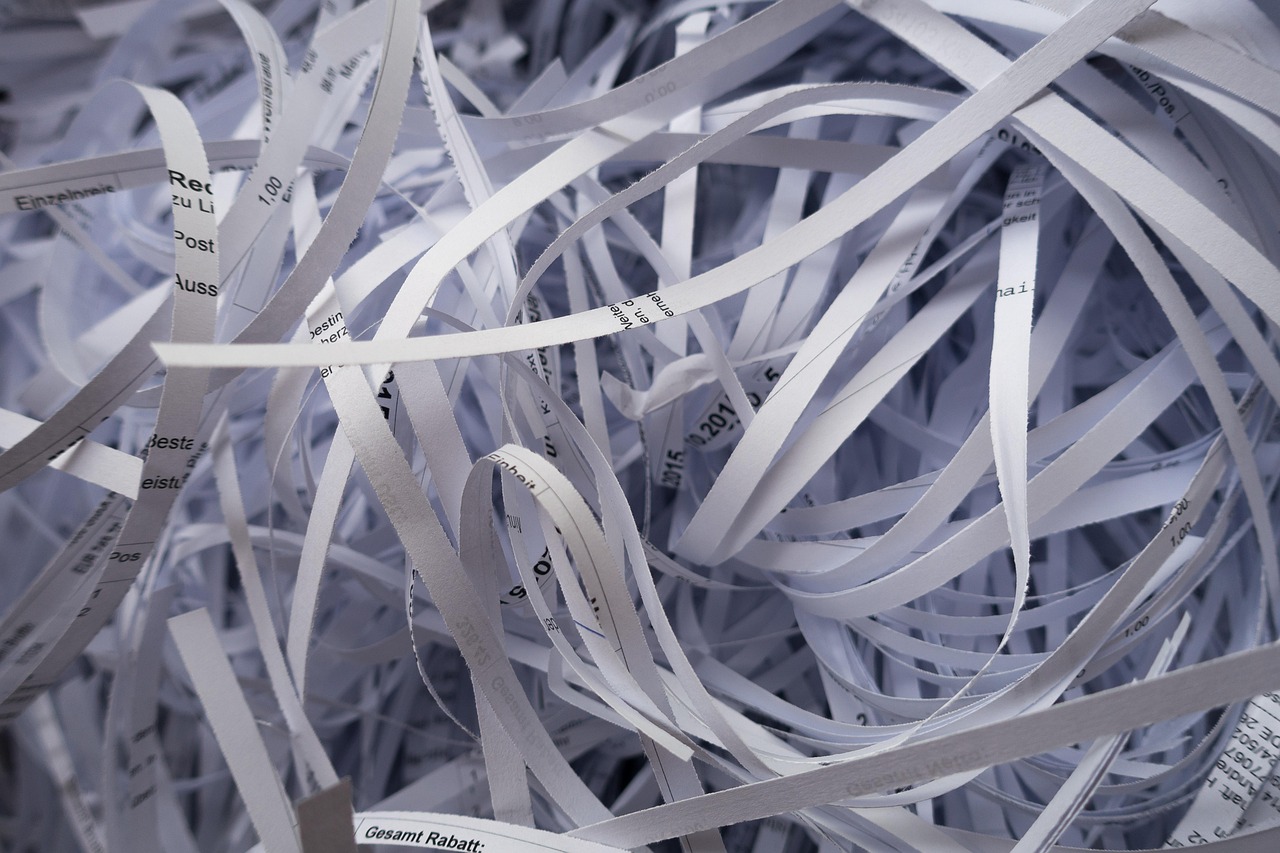Introduction
Shredded paper is a common byproduct of offices, homes, and industries, but many people are unsure about its recyclability. While paper is one of the most recyclable materials, the process becomes complicated when it is shredded. This article explores “Can shredded paper be recycled? Waste management solutions”, its challenges, and the best practices to handle shredded paper responsibly.
Understanding Shredded Paper Recycling
What Happens to Shredded Paper in Recycling?
Shredded paper presents unique challenges in recycling due to its size, weight, and fiber length reduction. Most recycling facilities use automated sorting systems, which may struggle to process tiny paper shreds effectively.
Is Shredded Paper Accepted in Curbside Recycling?
Most curbside recycling programs do not accept shredded paper because it can:
- Clog machinery in sorting facilities
- Reduce fiber quality, making it less valuable for producing new paper
- Become airborne, causing waste management inefficiencies
Some municipalities allow shredded paper if it is contained in a paper bag or a designated bin, but this varies by location.
Best Practices for Recycling Shredded Paper
If your local curbside recycling does not accept shredded paper, consider these options:
1. Check Local Recycling Guidelines
- Visit your municipality’s waste management website
- Look for drop-off locations that accept shredded paper
2. Contain It Properly
- Use a paper bag or envelope to hold the shredded paper
- Label it as “Shredded Paper”
3. Take It to a Specialized Facility
- Many paper mills or document destruction companies accept shredded paper
- Office supply stores like Staples offer shredding and recycling services
4. Composting as an Alternative
- Shredded paper (especially uncoated, non-glossy) is an excellent carbon source for composting
- Mix it with food scraps or garden waste to maintain balance
Shredded Paper Recycling vs. Regular Paper Recycling
| Feature | Shredded Paper | Regular Paper |
|---|---|---|
| Fiber Length | Shortened | Longer |
| Recycling Facility Acceptance | Limited | Widely Accepted |
| Risk of Airborne Waste | High | Low |
| Compostability | High | Low |
Industries Producing the Most Shredded Paper Waste
Certain sectors generate significant shredded paper waste, including:
- Corporate offices (financial, legal, and government institutions)
- Healthcare (patient records, insurance documents)
- Education (student records, exams)
- Home users (personal finance, junk mail disposal)
Alternatives to Shredding Paper
To reduce reliance on shredding, consider:
- Digital storage solutions: Shift to electronic documents
- Redacting sensitive information: Use black markers instead of shredding entire documents
- Using cross-cut shredders: These create larger strips that might be more manageable for recyclers
How Shredded Paper is Reused
While some recycling programs reject shredded paper, it can be reused for:
1. Packaging Material
- Shredded paper is an excellent eco-friendly alternative to bubble wrap
- It protects fragile items during shipping
2. Pet Bedding
- Safe for hamsters, guinea pigs, and rabbits
- Avoid glossy paper and colored inks, which may contain toxins
3. Composting
- Adds carbon to compost heaps
- Best mixed with food scraps and garden waste
4. Craft and DIY Projects
- Used in paper mache, artwork, and handmade paper projects
Global Waste Management Policies on Shredded Paper
United States
- Most curbside recycling programs do not accept shredded paper
- Specialized drop-off locations are available
United Kingdom
- Some councils accept it in paper bags
- Many recommend composting instead
Australia
- Many programs accept shredded paper if bagged properly
- Composting is highly encouraged
European Union
- Varies by country, but many facilities prefer intact paper
Challenges of Recycling Shredded Paper
Despite its recyclability, shredded paper poses challenges such as:
- Contamination: Mixing with plastic, food residue, or other materials
- Lower Fiber Quality: Limits its reuse in high-quality paper products
- Collection and Sorting Issues: Easily scattered and difficult to transport efficiently
Solutions to Improve Shredded Paper Recycling
- Investing in specialized recycling equipment to handle small paper pieces
- Encouraging businesses to reduce paper shredding through digital documentation
- Community awareness programs to educate about best disposal methods
Conclusion
So, can shredded paper be recycled? Waste management solutions depend on local policies, proper disposal methods, and alternatives like composting and reuse. While shredded paper is recyclable in some cases, challenges in processing often lead municipalities to restrict it. By following best practices and exploring alternative uses, we can reduce waste and make a positive environmental impact.
Key Takeaways:
- Check local recycling rules before disposing of shredded paper
- Bag shredded paper before putting it in recycling (if accepted)
- Consider composting, reuse, or specialized recycling facilities
- Reduce paper waste by shifting to digital solutions

Leave a Reply